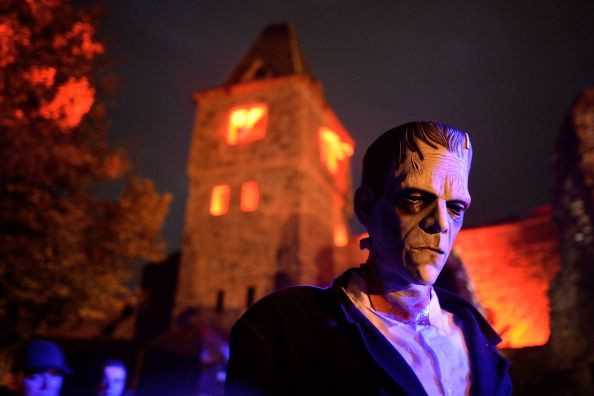The Science Behind 'Bride Of Frankenstein': If The Monster Mated, Humanity Could Have Been Wiped Out

Mary Shelley’s 1818 novel “Frankenstein” has been on high school English curriculums for decades: a classic tale of a young scientist who creates a human-like monster in an unconventional experiment. A new study from researchers at Dartmouth University and the University of California, Merced, says that part of the story is actually rooted in a fundamental principle of biology.
If the scientist Victor Frankenstein had also created a bride for the monster as the creature requested, mankind — in the world of this gothic novel — would have been wiped out, according to the study.
Based on human population densities in 1816, the researchers developed a mathematical model that showed the potential advantages of these imaginary monsters over humans.
"We calculated that a founding population of two creatures could drive us to extinction in as little as 4,000 years," said researcher Nathaniel Dominy, according to EurekAlert!.
This experimental study is a reminder of human’s potential extinction by an invasive species, as well as our limited knowledge of foreign organisms (even if they’re man made).
"To date, most scholars have focused on Mary Shelley's knowledge of then-prevailing views on alchemy, physiology and resurrection; however, the genius of Mary Shelley lies in how she combined and repackaged existing scientific debates to invent the genre of science fiction," said researcher Justin Yaekel from UC Merced. "Our study adds to Mary Shelley's legacy, by showing that her science fiction accurately anticipated fundamental concepts in ecology and evolution by many decades.”
Source: Dominy NJ, Yeakel JD. Frankenstein and the Horrors of Competitive Exclusion. BioScience. 2016.
Read more:
Frankenstein DNA Is Born When Chromosomes Shatter, And This Monster Fuels Cancer Growth
Halloween 2015: Pareidolia And The Science Behind Seeing Monsters In The Dark



























